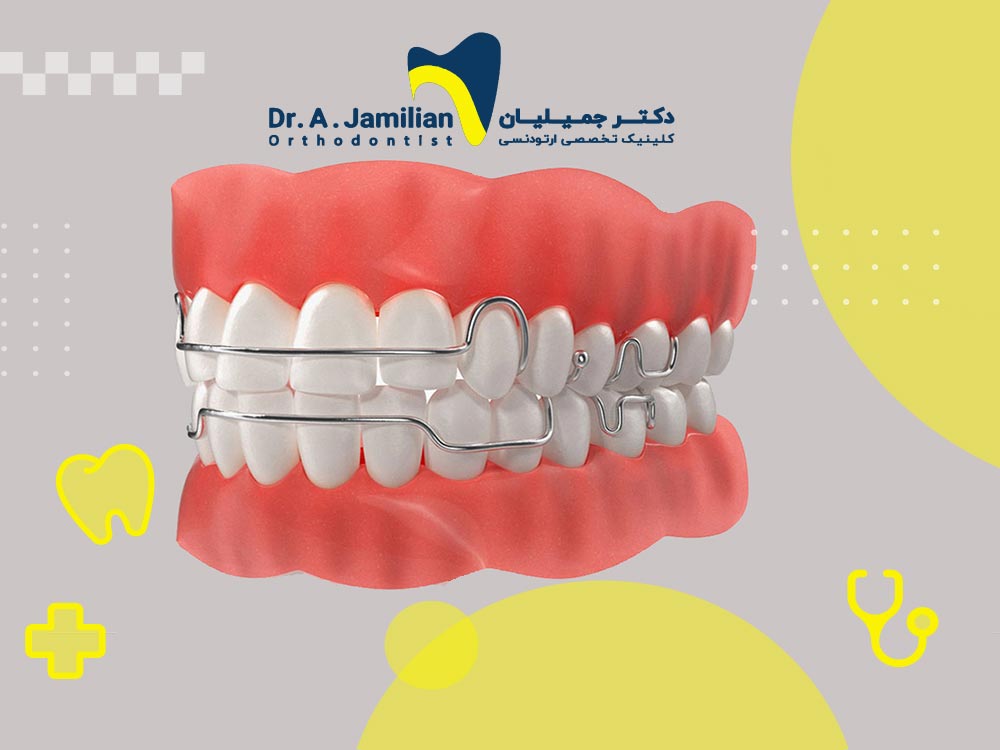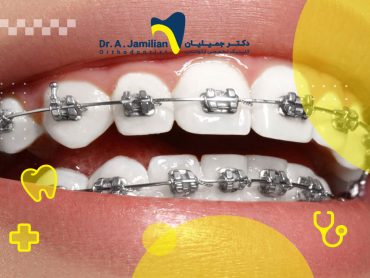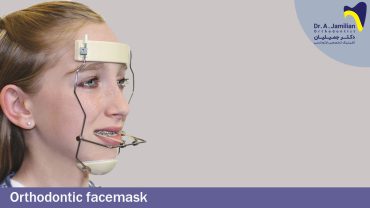Once an orthodontic treatment process has been finished, the patient will use a retainer. It’s a tool that when used, the teeth that previously experienced movement, are inclined to return to their original state after the cast is removed. Therefore, failing to take the necessary dental care will render all of your efforts moot. The retainer will be a part of the treatment prescribed to the patient after orthodontics.
Using The Retainer After Orthodontics
The retainer is an orthodontic appliance that the patient should use after orthodontics, and dental alignment. It’s recommended to use right after the orthodontic treatment. A retainer ensures your teeth are fixated in their new positions. It also prevents the movement to their original state after the wires are removed. Thus, orthodontists consider this treatment step to be crucial. This is due since it guarantees the success of orthodontic treatment.
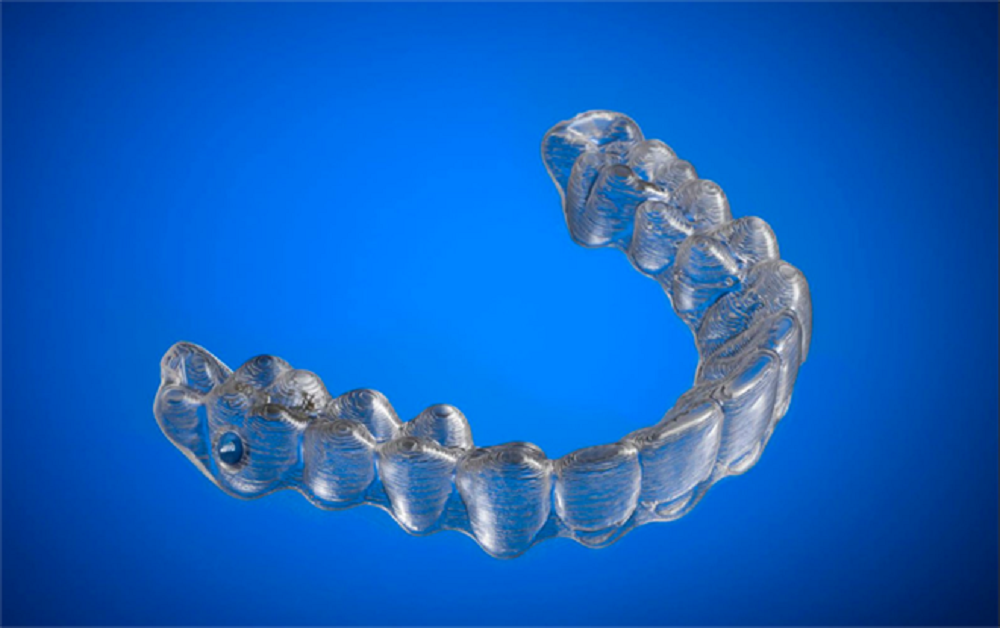
Reasons For Using A Retainer
When an orthodontist makes the retainer compulsory, many patients resist and show unwillingness. We believe that patients who are familiar with the retainer’s function and know its effect on the success of orthodontic treatment will begin to agree to use the retainer with a drastic decrease within resistance. Retainers have several important functions:
- As stated, the most important advantage of using a retainer is to hold the teeth and prevent their return to the original position. The average duration of orthodontic treatment is one year; however, it varies depending on the type of disorder. Note that refusing to use the retainer will render the orthodontic treatment ineffective.
- Some patients suffer from misalignment of teeth with gums. Using a retainer helps align your teeth with your gums and shapes your jaws in the best possible form.
The Recommended Duration Of Using A Retainer According To Orthodontists
The duration of using the retainer is very important. When there is an orthodontic appliance in the patient’s mouth, there is no risk that the teeth return to their original forms. The problem begins when the orthodontic treatment ends, and the orthodontist removes the appliance from your mouth. The new aligned form of teeth will be kept with care, and negligence will mean that a certain degree of malocclusion will return.
Commonly, patients who use the retainer are quite supportive of the full treatment. The best time for using the retainer is the first month after the orthodontic treatment is completed. This is due to a high probability of tooth movement. Keep in mind that human teeth can move for a lifetime.
The duration of using a retainer will vary for each patient depending on their problems & goals. More specifically, the orthodontist will determine the duration depending on the patient’s age and tooth movement probability, the original state of the teeth and the jaw, treatment conditions, and many other factors. While using a retainer, the patient should visit the orthodontist at predetermined times and control the overall state of the teeth and jaw.
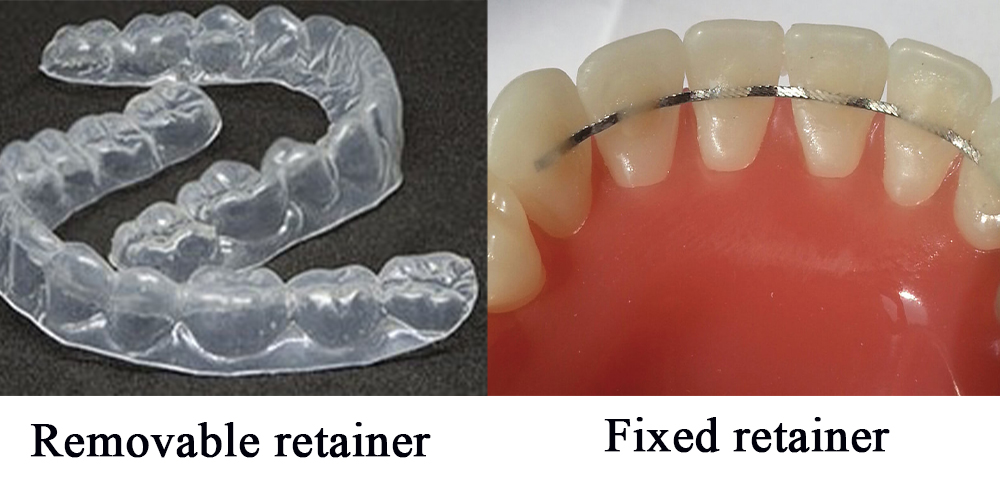
The Various Types Of Retainers Used For Teeth
Retainers can be fixed or removable. Fixed retainers should remain on the patient’s teeth until the date determined by the orthodontist. The orthodontist will determine the duration of using a fixed or removable retainer based on various factors.
What Is A Retainer FAQ
Yes. Just as you brush your teeth, it is important that you clean your retainer every day. The retainer can help your oral muscles and tissue to keep your teeth in their new position.
You may use the toothbrush and toothpaste. You can also submerge your retainer in a cleaning agent from pharmacies for 15 minutes or use a small amount of diluted white vinegar.
Do not play with your retainer and do not consume any sticky or chewable food as they could damage or possibly contaminate the retainer.
Retainers are customized fixed or removable appliances that can help keep the teeth in their new positions after the orthodontic appliance is removed. The retainer can also be used for minor orthodontic conditions. Using the retainer is a vital part of post-orthodontic care.
Orthodontic retainers are customizable appliances that are made of wire, light plastic, or acrylic.
After the orthodontic appliance is removed, retainers constitute an important part of orthodontic treatment. If the movement is minimal, the retainer can be used for moving teeth toward their position after removing brackets. Finally, if deemed unsuitable, the retainer should never be used on the teeth.
